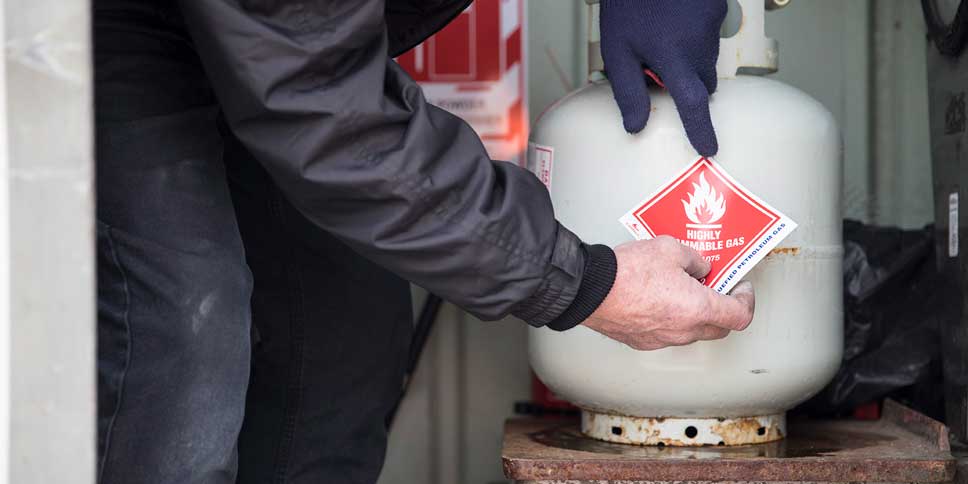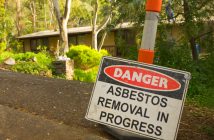New Zealand has implemented a new classification system for hazardous substances, affecting the rules for importers, manufacturers and suppliers

On 30 April 2021, New Zealand adopted a new classification system for hazardous substances under the Hazardous Substances and New Organisms Act 1996 (HSNO). This new system is the Globally Harmonised System (GHS).
The GHS is an international hazard classification system for chemicals created by the United Nations. The hazards are communicated on labels and safety data sheets including how to safely store, use and dispose of chemicals.
The GHS is used by more than 50 countries, including all of New Zealand’s major trading partners.
Importers, manufacturers and suppliers have four years to update labelling, safety data sheets and packaging for hazardous substances.
There is no change to the classification system used under the Health and Safety at Work Act 2015 (HSWA).
Regulations under HSWA will continue to refer to the current HSNO classification system. This means that there is no change to the workplace requirements for hazardous substances under:
- the Health and Safety at Work (Hazardous Substances) Regulations 2017
- the Health and Safety at Work (Major Hazard Facilities) Regulations 2016
- safe work instruments.
WorkSafe’s guidance and approved codes of practice continue to refer to the current HSNO system.
WorkSafe’s Hazardous Substances Calculator refers to both systems. If you have information about the GHS classification of your substance, you can enter it into the Calculator to find out the controls under HSWA that apply to it.
Because the current HSNO system and the new GHS system coexist, the Environmental Protection Authority (EPA) has created a correlation table that shows the equivalent GHS classifications to the current HSNO classifications.
What you need to know
- Updated EPA notices explain the new product labelling, safety data sheet and packaging requirements. You’re encouraged to comply with the new requirements sooner rather than later.
- Substances with an individual approval issued after 30 April 2021 must comply with these three notices immediately.
- Individual approvals issued before 30 April 2021 have a four-year transitional period, through to 30 April 2025, to comply with the updated labelling, safety data sheets and packaging notices.
- Substances managed under a group standard must also comply with the labelling, safety data sheet and packaging notices by 30 April 2025, regardless of when the substance was imported into or manufactured in New Zealand.
Read the EPA Labelling, Safety Data Sheet and Packaging Notices
What happens to my current approval?
- You will need to check what approval your substance is assigned to, especially for individual approvals, as some have changed and some no longer exist. More than 5,000 individual approvals have been revoked as they can be managed under one or more group standards.
- While most group standards have the same scope as the previous group standards a very small number, such as those for aerosols, have changed. Check the group standard that is currently assigned to your substance to ensure it is still appropriate.
- If the individual approval you use has been revoked, the EPA have suggested a group standard your substance may fit into. However, it’s possible another group standard may be a better fit and you should check this.
- You must also ensure your self-assignment records are up to date as soon as possible.
- HSNO approval numbers have not changed, so you do not need to update these.
More information, including the new approval documents, can be found at the following pages:
- Hazardous substance approvals
- Read more about the rules, including timeframes to comply
- Go to the Group Standards 2020
- Advice to assign GHS 7 classifications, and labelling requirements – United Nations Economic Commission for Europe (UNECE) website
- HSNO hazard classifications (web version)
- HSNO to GHS7 Correlation table (PDF, 241KB)







